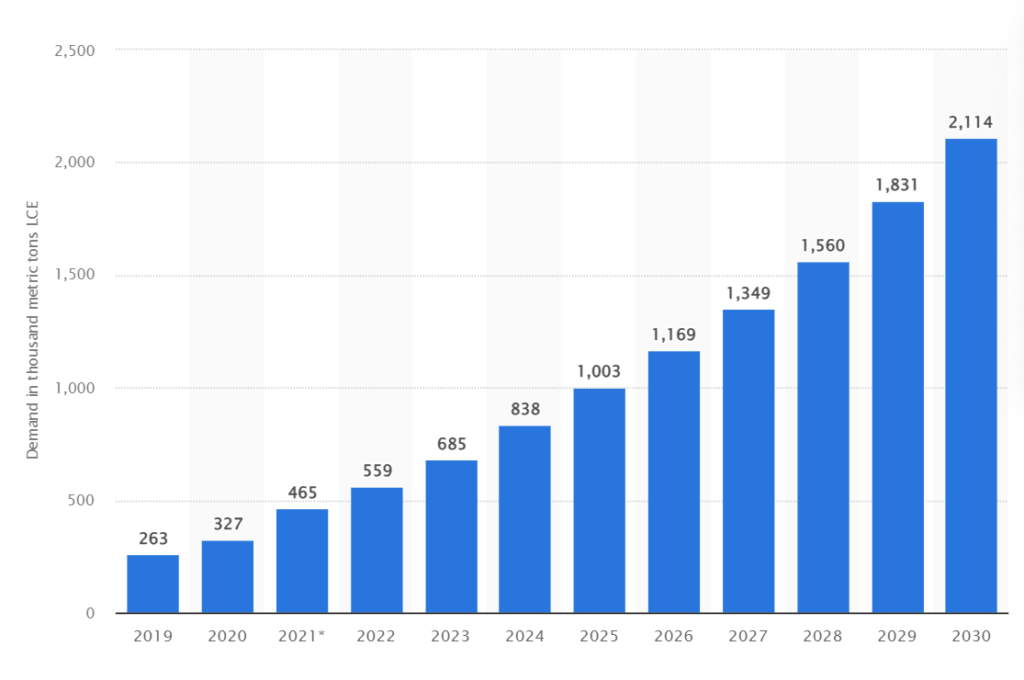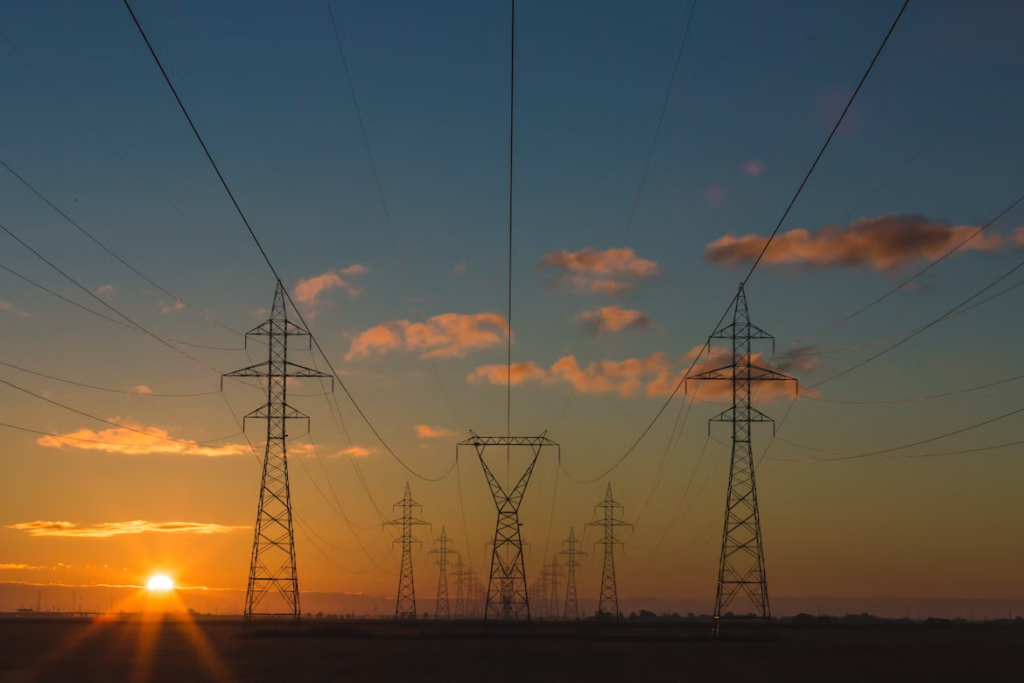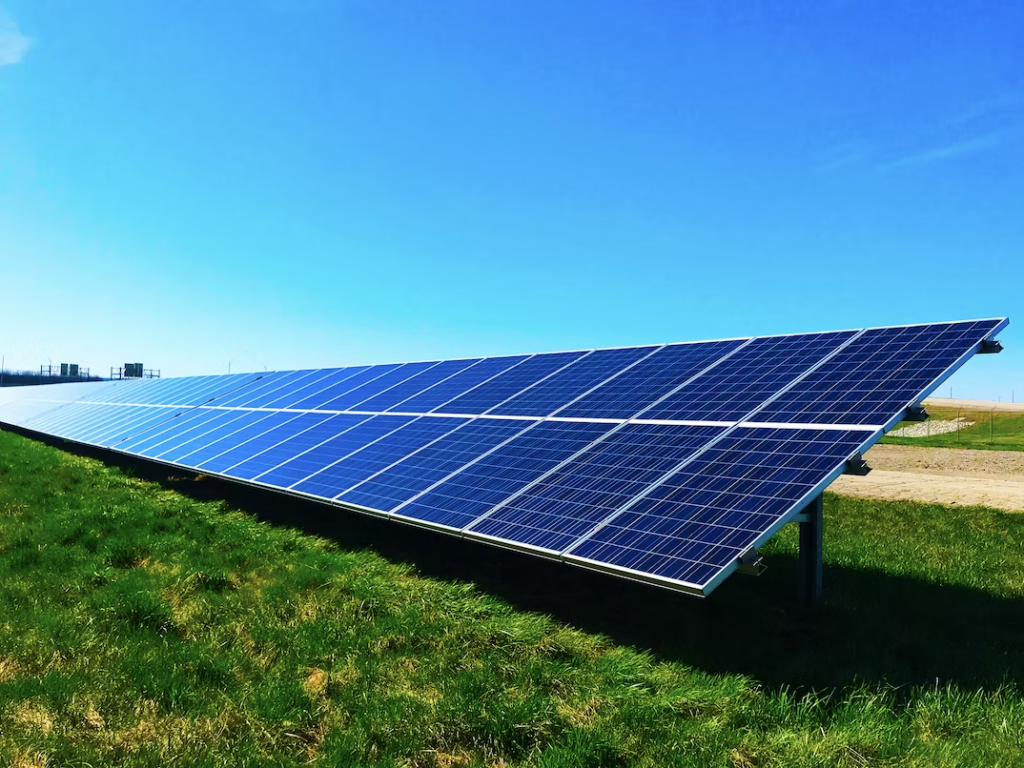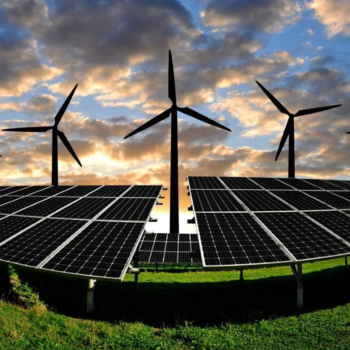|
|
Imagine a world where we could fuel our homes, cars, and industries, all while causing minimal harm to the planet. That’s not just wishful thinking anymore; it’s the promise of renewable energy.
But as with every promising venture, there are barriers that stand in the way of the widespread adoption of these eco-friendly power sources.
This article aims to shed light on these obstacles and provide effective strategies to overcome them. We will delve into the technical, economic, and political challenges associated with renewable energy, offering insights from industry experts and researchers.
If you’re interested in a future powered by clean, sustainable energy, read on to understand how we can remove the roadblocks and pave the way toward this green revolution!
Key Takeaways
- Renewable energy is not just beneficial for the environment but also for public health. It reduces harmful emissions, does not contaminate water supplies, and is inexhaustible.
- The technical barriers to renewable energy include challenges in efficient energy storage and infrastructure requirements. We need to develop more efficient storage systems and update our existing power grid infrastructure to fully tap into the potential of renewable energy.
- The economic challenges in adopting renewable energy include high upfront investment costs and competition from fossil fuels. However, with technological advancements, increasing market competition, and numerous financial support mechanisms, these can be overcome.
- Regulatory hurdles, such as complex permitting processes and inconsistent policy standards, can slow down the adoption of renewable energy.
- With governments recognizing these challenges and working to streamline the process, we are on the right path toward a future powered by clean, sustainable energy.

Why Renewable Energy Is a Necessity?
Switching to renewable or non-polluting energy generation methods is an absolute must for the well-being of our species and planet.
Renewable energy sources like wind, solar, geothermal, and hydroelectric have minimal to zero global warming emissions. This stands in stark contrast to traditional fossil fuels such as coal and natural gas, which release hefty amounts of carbon dioxide equivalent when burned.
It is estimated that in 2022 alone, over 37 billion metric tons of CO2 were released by burning fossil fuels. To give you a comparison, that’s the equivalent of 375 000 US Navy aircraft carriers!
The use of renewable energy can significantly reduce these emissions, slowing down the rate of global warming and mitigating its detrimental effects on our environment.
Not only do renewables help combat climate change, but they also play a crucial role in improving public health. Coal and natural gas plants are notorious for emitting air and water pollution linked to various health problems, including asthma, neurological damage, heart attacks, cancer -the list goes on.
On the other hand, wind, solar, and hydroelectric systems generate electricity without releasing any air pollutants. Even biomass systems emit far less compared to their fossil fuel counterparts.
Plus, unlike fossil fuels that strain our precious water resources with their extraction processes and spills, renewable technologies do not contaminate water supplies at all.
In essence, switching to renewable energy isn’t just about saving polar bears or melting ice caps – it’s about safeguarding your health too! And let’s not forget: sources like wind or sunlight are inexhaustible – they’ll keep powering our homes even when the last coal mines run dry.
Unfortunately, there are several barriers that currently slow down the adoption of renewable energy generation methods.
Technical Barriers to Renewable Energy
You’re probably aware of the huge potential that renewable energy holds, but it’s not without its roadblocks.
One key challenge lies in energy storage – how do we keep the power produced by the sun or wind for times when they aren’t available?
And then there’s infrastructure – our current grids and systems were built for fossil fuels, so transitioning to renewables requires significant changes.
Energy Storage Challenges
Imagine navigating the complexities of energy storage, grappling with its costs, space requirements, and safety concerns – it’s one of the biggest challenges we face in our push for renewable energy.
The traditional lithium-ion battery technology that we’ve come to rely on is facing a global shortage of lithium. The use of lithium has exploded almost exponentially, and the industry is hard-pressed to keep up.
The global 2023 demand sits at 685 000 metric tons of lithium carbonate equivalent – more than double the need back in 2019. By 2030, that demand is expected to reach more than 2.1 million metric tons of LCE!

Taken from: https://www.statista.com/statistics/452025/projected-total-demand-for-lithium-globally/
Lithium-ion tech also has serious environmental implications due to cobalt mining. This makes finding an efficient and environmentally friendly alternative a pressing concern.
Achieving net-zero carbon targets hinges on almost all energy being supplied by renewable electricity, which requires a significant excess capacity to ensure stored power is available during these low-generation periods.
It’s clear that decisions need to be taken urgently about electricity storage options alongside plans for variable renewable energy.
Here’s a quick overview table highlighting some key points:
| Key Challenges | Concerns |
|---|---|
| Lithium Shortage | Could limit the growth and adoption of current battery technology |
| Cobalt Mining | Has severe environmental impacts |
| Dunkelflaute Periods | Lack of adequate excess generation capacity could lead to power shortages |
| Energy Storage Costs & Safety Issues | Could hinder the widespread adoption of storage technologies |
While cost-effective solutions are critical, they must also address space, security, and safety issues associated with storage installations.
It’s time for a renewed focus on developing more efficient storage systems that can sustainably support our renewable energy future without compromising on these aspects.
Infrastructure Requirements
To fully tap into the potential of green power, we’ve got to update and improve our existing power grid infrastructure – a task that’s easier said than done.
The current setup, largely centralized and designed around fossil fuel-based sources like coal, gas, and nuclear energy, struggles to accommodate renewable energy’s decentralized nature.
Wind farms and solar installations are geographically scattered, necessitating significant upgrades in transmission lines for efficient transport of green power across distances. Furthermore, the intermittency of renewable energy – think sunless days or windless nights – poses additional challenges.
Currently, there are several initiatives geared toward updating the aging infrastructure. Collaborative efforts are underway to leverage smart grid technologies to not only enhance grid functionality but also increase its resilience. Development is ongoing for power interconnectors that will facilitate a more effective exchange of renewable energy between regions.
Massive investments are being made into upgrading transmission infrastructure – European Union alone estimates a need for around €584 billion by 2030.
A modernized smart grid would optimize the use of renewables by addressing variability issues and empowering consumers to better manage their energy usage. It’s essential that these improvements continue at pace if we want a future where clean, sustainable power isn’t just viable but is also the norm.

Economic Challenges in Renewable Energy Adoption
While harnessing renewable energy holds the key to a sustainable future, it faces a number of financial challenges that need to be resolved to allow widespread adoption.
The upfront investment costs can be steep, often deterring many from taking the leap.
Plus, with fierce market competition from fossil fuels – which have long-standing infrastructure and subsidies in place – breaking into the energy industry is no small feat.
Upfront Investment Costs
The initial investment in renewable energy technologies can be a tough pill to swallow. Solar panels, wind turbines, or other green energy solutions often require substantial upfront costs that may deter households and businesses from taking the plunge.
However, don’t let this initial price tag discourage you too quickly. The cost of these technologies has dramatically dropped over recent years and is expected to continue on this downward trend due to advancements in technology and increasing market competition.
In addition, there are numerous financial support mechanisms that can help cushion these initial expenses, such as tax incentives, grants, loans, and power purchase agreements (PPAs). For instance, in the United States, federal tax credits can offset up to 30% of the cost of solar installations.
While the upfront cost might seem steep initially, renewable energy systems often pay for themselves over time through reduced utility bills and maintenance costs.
By overcoming this financial hurdle now with smart planning and leveraging available resources, you’re investing in a future of sustainable energy independence — a decision that not only benefits your wallet but also our planet.
Market Competition from Fossil Fuels
As the energy market stands today, renewable energy must compete with fossil fuels, which have dominated for decades and have firmly established infrastructure and systems in place.
This competition is made even more challenging considering the subsidies that fossil fuel companies often receive, enabling them to sell power at lower prices.
The truth is fossil fuels have benefited from years of government support and industry development, allowing them to maintain a strong foothold in the market. This entrenched position creates an uneven playing field for renewable energy sources trying to break into the mainstream.
However, things are starting to change. As societies worldwide begin to understand the environmental impacts of fossil fuels, calls for policy reform and a shift in subsidies toward renewable energy are growing louder. Many countries have started phasing out subsidies for fossil fuels and redirecting those funds to support renewable energy projects instead.
It’s believed that in the near future, renewable energy will not only be just as affordable as fossil fuels but will actually undercut them.

Regulatory Hurdles
Navigating through the maze of regulatory hurdles can often feel like an uphill battle, but it’s a crucial step in making cleaner power sources mainstream.
Regulatory challenges range from complex permitting processes to inconsistent policy standards across different jurisdictions. These obstacles can be particularly problematic for renewable energy projects that require large-scale installations or significant infrastructure changes.
A good example is the lengthy and complex process of setting up wind farms.
Establishing wind farms is not as simple as selecting a suitable location and erecting turbines. There are numerous regulatory steps involved, including obtaining permits for land use, conducting environmental impact assessments, and negotiating power purchase agreements.
It’s a process that can sometimes take years to complete, not to mention the substantial costs associated with these procedures.
Fortunately, governments around the world are recognizing these challenges and are working to streamline the process. European Union is a good example, with the recent revision of the 2018 EU Renewables Directive having greatly simplified the permitting process for wind energy projects.

Final Thoughts
The shift towards renewable energy is not just a potential solution but rather a necessity for our global community.
However, there are undeniable challenges that we must face head-on if we wish to fully embrace this green revolution.
Technical issues like energy storage and infrastructure updates, economic hurdles such as upfront costs and market competition, as well as regulatory obstacles all pose significant barriers to the widespread adoption of renewable energy.
But it’s inspiring to see the progress being made in overcoming these barriers. From technological advances and policy reforms to financial support mechanisms and infrastructural upgrades, there’s a clear momentum toward a more sustainable future.
As individuals, communities, businesses, and governments, we all have a part to play in this transition. By understanding these challenges and finding effective ways to navigate them, we can turn the promise of renewable energy into a reality – for us and for future generations.
The journey may seem hard, but the results — a healthier planet with sustainable resources — will undoubtedly be worth every effort.












